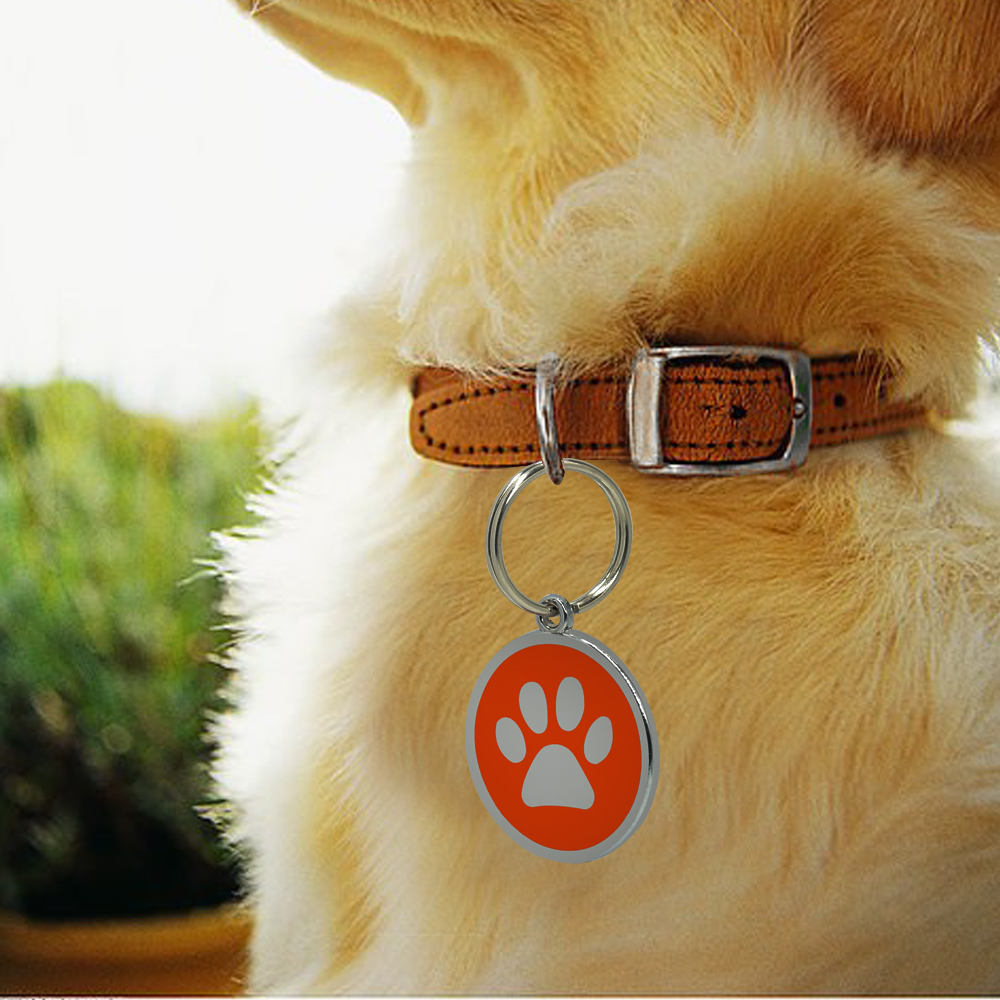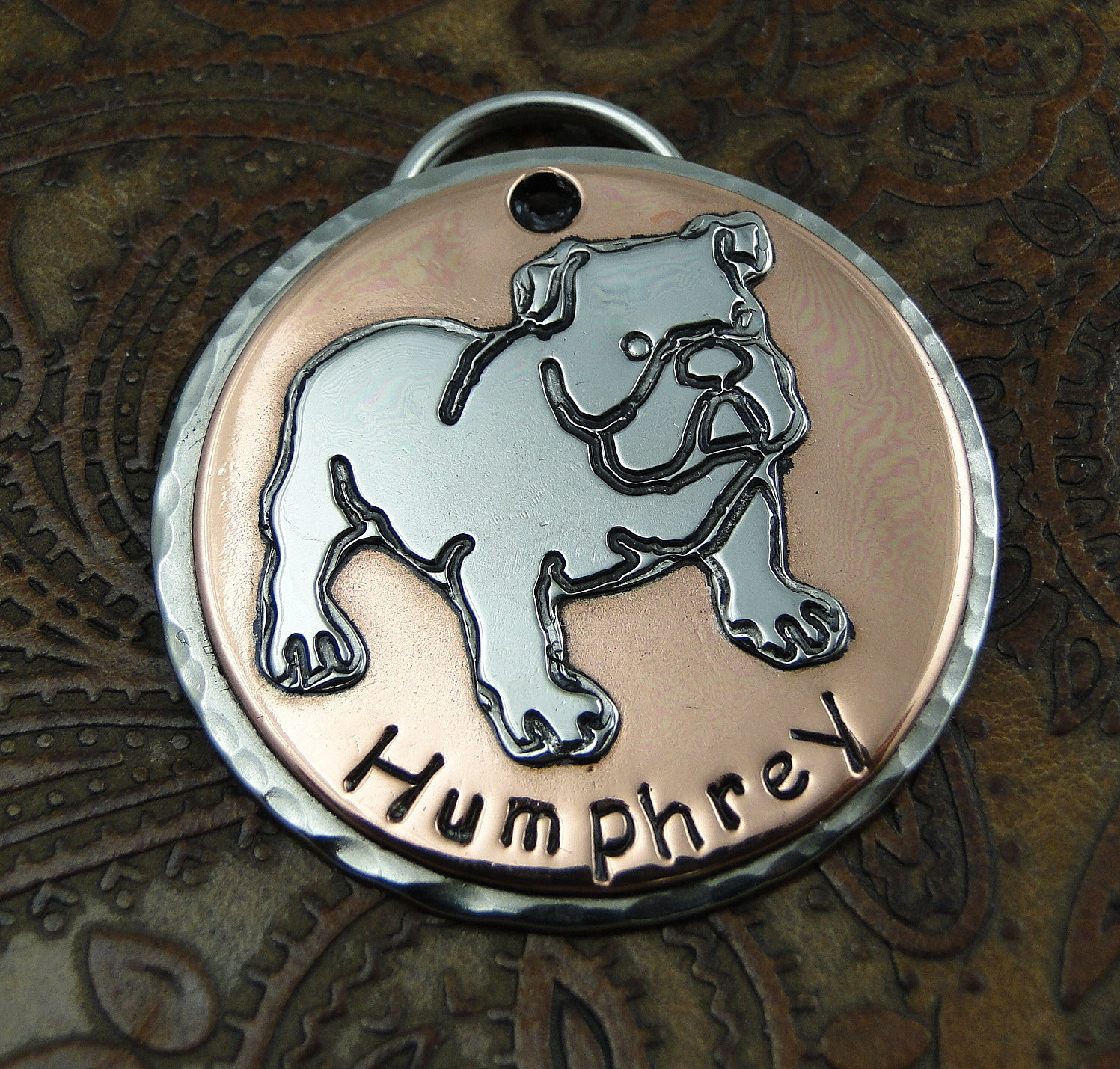

Next time you hear a group of Marines arguing and carrying on about the significance of a certain piece of gear or uniform item, do a little research of your own. These are just a couple of the most common myths that are currently swirling around the Marine Corps uniform and accessories, and the stories certainly are not limited to dogs tags. But, again, research can neither confirm nor deny this creative, but clever rumor. If this was indeed true, a prisoner of war would be able to utilize his tag chains as a means of keeping track of the days held in captivity. These numbers represent the days and weeks in a year. Facts are few and far between on this particular piece of folklore, but it is said that "official" issued dogs tags are attached to a 365-bead chain for the first tag and a 52-bead chain for the secondary one. The next rumor is tied in with prisoners of war. "So, while 'debunking' one myth, I found another." "Before I looked into the notch myth, I never heard about the chain being symbolic for 365 days," said Yackus. It seemed though, that during research, one dog tag story led to another. "Now that I have done a little looking, the notch makes perfect sense," said Yackus. Current machines do not need the notch to hold the tags in place hence the smooth-sided tags service members are issued today. It allowed the machine to hold the blank tag while it was stamped out. This style of tag was used up until the early 1970s, and the notch only existed because of the type of embossing machine used during that period. Of course, the real story behind the notch is far less gruesome. Then, with a kick or nudge to the jaw, the tag would be come lodged between the teeth, ensuring it stayed secured for future identification.

To go into a little more detail, the myth Yackus referred to states that when a troop had been killed in combat, his comrades would take one of his tags and insert it into the mouth with the notched end between the two front teeth. "I've always heard about the notch in the era tags being used to 'place' the tag in a fallen soldiers mouth," said Dennis Yackus, director of education and collections at the Great Lakes Museum of Military History. The only difference in the tags of yesteryear, is they came with a notch in the end of them, which is the source of one of the most popular dog tag rumors around.

combat troops to wear circular aluminum discs attached to chains around their necks.īy World War II, the tags had evolved into the size and shape recognized today. Needless to say, the practice caught on, and by 1917, it was mandatory for all U.S. To put their minds at ease, many of them took up the practice of marking all of their belongings with paper tags, and some of them fashioned their own "dog tags" by carving chunks of wood, which was worn on a string around their neck. After all, 42 percent of the Civil War dead remain unidentified to this day.

Many soldiers feared if they were killed in action, they would run the risk of being buried in an unknown grave. The first recorded use of such tags came from the battlefields of the Civil War. So what really is the story behind dog tags and the myths that accompany them? Each morning, Marines slip shiny identification tags over their heads and tuck them beneath their olive-drab undershirts without giving them a second thought.īut, every now and then, these iconic military symbols come up in conversation, along with all the myths and rumors that accompany them. To many, it is just another piece of the uniform. Marine Sierra Hotel Aviation Readiness Program (M-SHARP).Civilian Workforce Development and Training.Marine Corps Human Research Protection Program.Orders & Directives (CAC Enabled SharePoint).


 0 kommentar(er)
0 kommentar(er)
